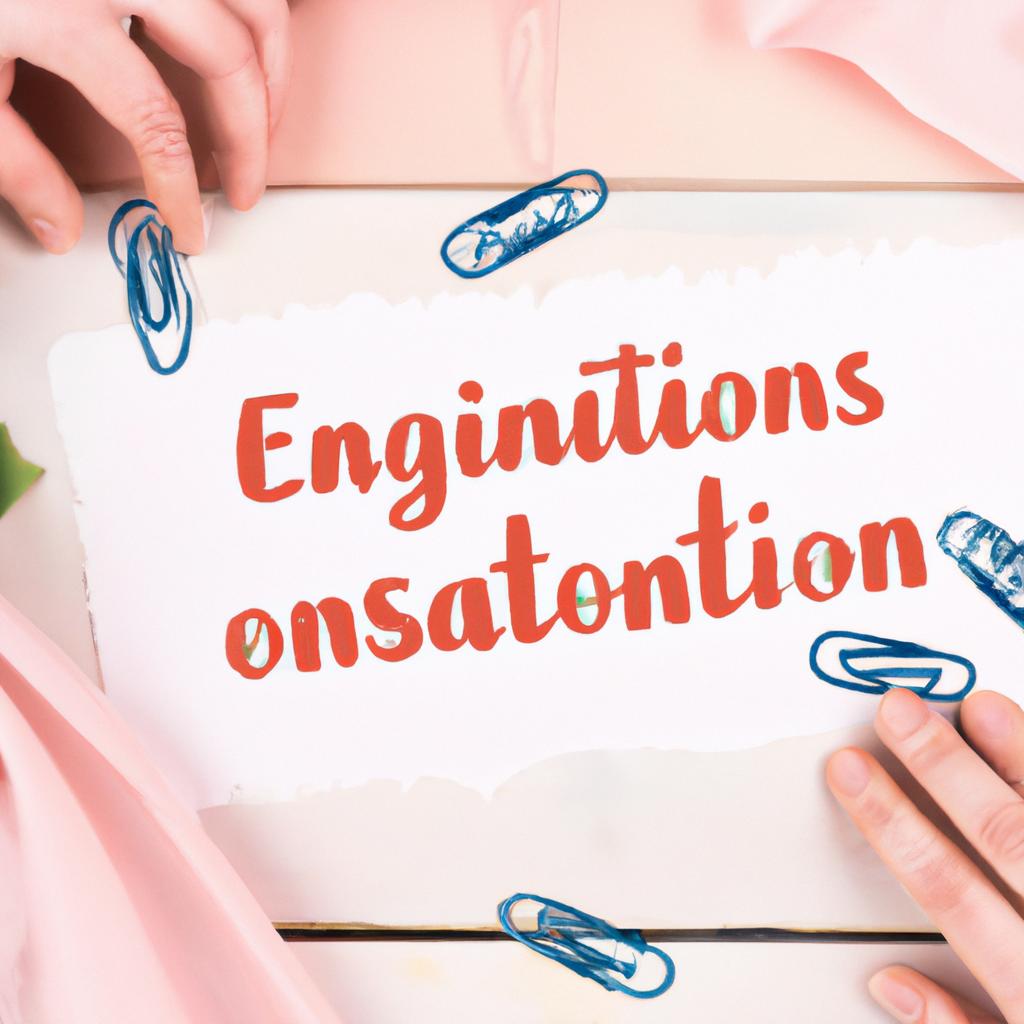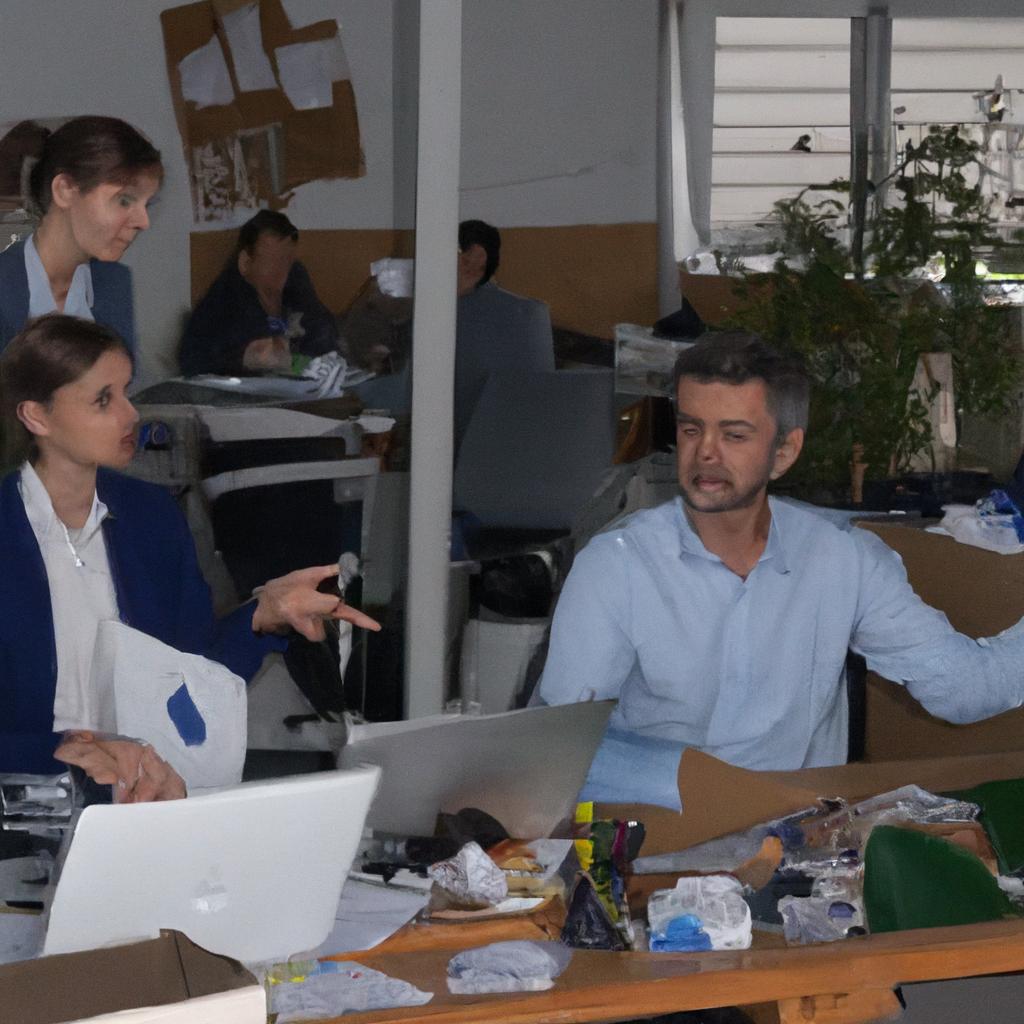Transform, Renew, Reclaim: Embracing the Value of Repairing and Repurposing Functional Items
In a world increasingly defined by consumerism and rapid disposability, the art of repairing and repurposing functional items is making a triumphant return. While our modern lives are inundated with the allure of the new—shiny gadgets, trendy home décor, and fast fashion—the wisdom of transforming, renewing, and reclaiming our possessions is a practice rooted in sustainability and creativity. This article delves into the culture of repair, exploring how everyday items can be restored to their former glory or reimagined for new purposes, breathing fresh life into what might otherwise be discarded. Join us as we unravel the intricate stories behind our belongings and discover the profound value of embracing the old in a world rushing towards the new. Through the lens of craftsmanship and resourcefulness, we celebrate the joy and necessity of giving a second chance to functional items, advocating for a more mindful approach to consumption that honors both our planet and our ingenuity.
Exploring the Ecological and Economic Benefits of Repairing Everyday Items
Repairing everyday items not only extends their lifespan but also contributes significantly to both the environment and the economy. **By choosing to fix rather than discard**, we actively reduce waste, lessening the burden on landfills while minimizing the demand for new resources. This practice promotes **sustainability** by conserving energy and materials, as manufacturing new products often involves extensive energy consumption and carbon emissions. Economically, it can also be beneficial; with the rising trend of repair cafés and DIY workshops, communities are fostering innovation and skill development. **Consider these benefits of repairing:**
- Waste Reduction: Decreases landfill contributions and promotes a circular economy.
- Resource Conservation: Reduces the need for new raw materials and energy consumption.
- Cost Savings: Often cheaper to repair items rather than replace them, benefiting household budgets.
- Community Engagement: Brings people together and fosters local economies through workshops and sharing skills.
- Creativity and Customization: Offers a chance to personalize and innovate, transforming items into unique pieces.
| Repair Method | Tool Examples | Typical Cost |
|---|---|---|
| Sewing | Needle, thread, sewing machine | $5-$30 |
| Electronics | Screwdriver, soldering iron | $10-$50 |
| Furniture | Wood glue, clamps | $15-$75 |
| Appliances | Multimeter, replacement parts | $20-$100 |

Practical Strategies for Transforming Unused Goods into Valuable Resources
In a world overflowing with disposable items, revitalizing unused goods can be both practical and rewarding. Consider these innovative approaches to turn forgotten possessions into sought-after assets:
- Repurpose: Transform furniture with a fresh coat of paint or new upholstery, giving old items a second life and a modern touch.
- DIY Projects: Engage your creativity by creating unique decorations, organizers, or garden planters from items you no longer use.
- Skill-Sharing: Join local workshops or online communities to learn repair skills, fostering a culture of resourcefulness and collaboration.
- Swap or Donate: Explore local swap events or donation centers; your unused goods could be treasures for others.
| Item Type | Repurpose Idea |
|---|---|
| Old T-Shirts | Turn into reusable shopping bags |
| Wine Bottles | Create beautiful candle holders |
| Wooden Pallets | Construct a rustic coffee table |
With these strategies, not only do you breathe new life into items that might otherwise be discarded, but you also contribute to a more sustainable and environmentally conscious community.
The Conclusion
In a world increasingly dominated by disposability and fast fashion, the act of repairing and repurposing functional items emerges as a quiet yet revolutionary rebellion against the throwaway culture. As we’ve explored throughout this article, embracing the values of transformation, renewal, and reclamation not only breathes new life into our belongings but also enhances our connection to them. These acts serve as powerful reminders that value is not solely defined by newness or perfection, but by the stories we create and the memories we preserve.
As we move forward, let us carry with us the inspiration to see potential where others may see waste, and to recognize the beauty in something that has been given a second chance. Whether it’s mending a cherished garment, refurbishing a vintage piece of furniture, or creatively adapting an item for a new purpose, each effort contributes to a more sustainable and mindful existence. Together, we have the potential to transform our world, one repair at a time. So, gather your tools, unleash your creativity, and let’s reclaim the value of our possessions—because every item holds a story worth telling, and every repair is a step toward a more sustainable future.
